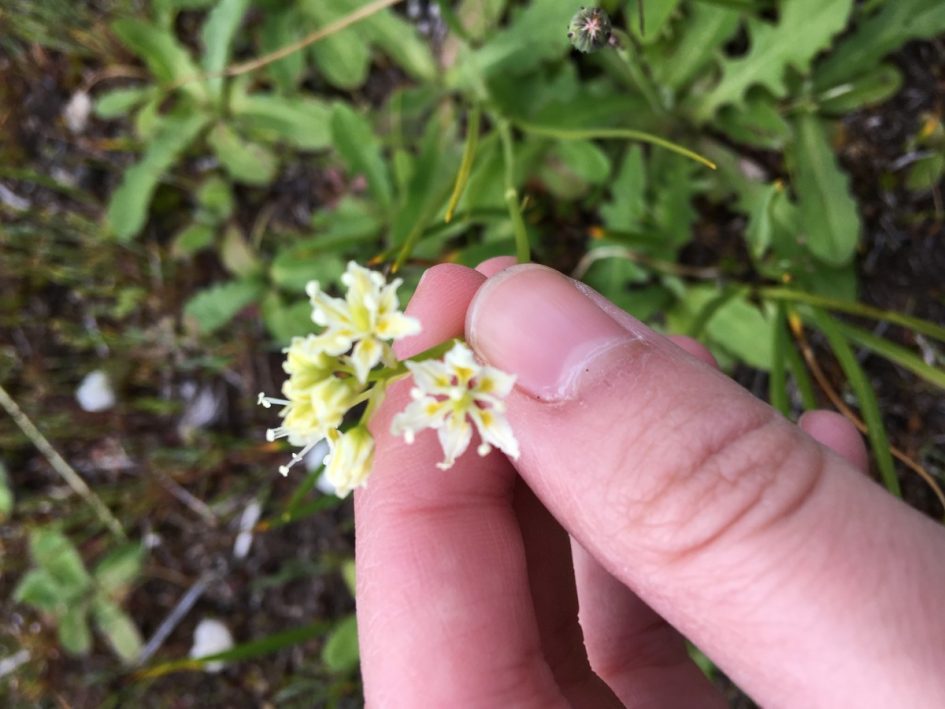Finally overcoming sickness and having strength to be able to go out and do field work again, I was able to attend both my internships. As usual, I was able to help with a whole new project through my internship at JBLM, and this week focused on Vegetative Monitoring of the seeded plants in Weir prairies. I also happened to have my pocket microscope on me this week while at work, and since I was working with such small plants, I was able to take photos of all the tiny seedlings. When the biologists were looking at different plants and identifying them in their plots, I took this time to look closely at the ground and take photos. This was probably one of the most amazing parts of my internship so far, because of the quality of prairie I was working in. Even though we as civilians might not look closely at the ground, I was surprised to know there was over 20 native plants successfully growing in our plots and below our feet- and that hundreds of them could fit underneath our feet. This was very different than the hundred year old oaks I had previously worked with. In projects before, I was struggling to get the oaks in my photos because they were so large, but now I had to look really hard at the ground to see what I was looking at in order to get my photos. I know myself I am detailed oriented, so I took interest, especially because some of these plants we looked at were ones I were familiar with, including Balsamorhiza sagittata (our native Sunflower), Lupinus bicolor and Lupinus albicaulis.

Leave a Reply